"CLAUDE LORRAIN. THE ENCHANTED LANDSCAPE" @ the Städel Museum
Claude Lorrain (about 1600-1682), Lanscape with Christ Appearing to Mary Magdalen (`Noli me tangere´), 1681. Oil on canvas, 84,5 x 141 cm. Städel Museum, Frankfurt Photo: Städel Museum, Frankfurt - ARTOTHEK
FRANKFURT.- “In Claude Lorrain, nature declares itself eternal,” Johann Wolfgang von Goethe noted enthusiastically on the French Baroque artist’s landscape paintings in 1818. According to Germany’s prince among poets and most famous “Grand Tourist,” Lorrain’s idealized, timeless landscapes possess “the highest truth, but no trace of reality.” As of February 2012, the Städel Museum will show one hundred and thirty works created at different points in Claude Lorrain’s (c. 1600 or 1604/05–1682) career, among them thirteen paintings and numerous drawings and prints. Prepared in partnership with the Ashmolean Museum in Oxford, “Claude Lorrain. The Enchanted Landscape” will present the work of the most important landscape painter of the seventeenth century in a monographic exhibition for the first time in Germany after almost thirty years.
Besides five drawings and about forty etchings, the Städel possesses a significant late painting by the master: “Christ Appears before Mary Magdalene (Noli me tangere.” In recent years, the Städel could acquire a rare etching from the spectacular “Fireworks” series and – supported by the Kulturstiftung der Länder and the Hessische Kulturstiftung – the outstanding drawing “Dancer with Tambourine and Bagpiper.” The Städel considered this a wonderful occasion to highlight this artist’s achievements in a comprehensive research and exhibition project. Spanning several years, the preparation of the show, carried out in collaboration with the Ashmolean Museum in Oxford, yielded new scholarly insights for an art-historical classification and assessment of Claude Lorrain. The results will now become generally available for the first time in a special presentation. “We can contribute new findings particularly concerning the function of the drawings and the very original way Claude Lorrain used them, but also regarding the only little researched engravings, their dating, and the circumstances of their genesis,” says Dr. Martin Sonnabend, curator of the exhibition and head of the Städel’s Collection of Prints before 1750.
Claude Gellée, known as Le Lorrain (“The Lotharingian”), Claude Lorrain, or traditionally just Claude in English, was born in Chamagne, a village near Nancy, in Lorraine in 1600. Still in his youth, he went to Rome where he settled permanently excepting a short return to his homeland in 1625. From his beginnings, Claude primarily devoted himself to landscape painting: his pictures were such a success that he soon received commissions from the pope, powerful cardinals, and European princes. From the mid-1630s till the end of his days, Claude, who had no big workshop and virtually no pupils, had to work hard to satisfy the demand for his paintings.
During his life-time, Claude was particularly held in high regard in Italy and France, while his art excited the utmost admiration in England and Germany in the eighteenth century. Travelers from England who, in keeping with their station, visited Italy on their Grand Tour acquired many of the artist’s paintings, and the greater part of his surviving 1,100 drawings and several of his etchings are also to be found in English collections – which has particularly left its mark on English ornamental gardening. Claude’s influence on German art of the eighteenth and nineteenth centuries does not only become manifest in Goethe’s assessment, but also in Classicist German landscape painting. The Städel Museum possesses several paintings that evidence this impact, e.g. Johann Heinrich Wilhelm Tischbein’s portrait “Goethe in the Roman Campagna” (1787) or Josef Anton Koch’s “Landscape with Noah Offering a Sacrifice of Gratitude” (1803). These works are now on exhibit once more after the refurbishment measures in the garden wing have been concluded and the “Modern Art” collection of the Städel has become accessible again.
“Claude Lorrain” is the first special exhibition at the Städel sponsored by J.P. Morgan as Corporate Sponsor. This partnership engagement enables the Städel to present the master’s impressive oeuvre in a comprehensive special show in Frankfurt. J.P. Morgan has shown its commitment to the Städel Museum in numerous joint educational projects since 1998. Last, the art club “J.P. Morgan Kids” was founded and successfully launched with the support from J.P. Morgan in 2007.
Claude Lorrain (um 1600-1682), Landscape with the Adoration of the Golden Calf. Oil on Canvas, 147 x 248 cm. Staatliche Kunsthalle Karlsruhe © Staatliche Kunsthalle Karlsruhe
Claude Lorrain (about 1600-1682), Landscape St Philip Baptizing the Eunuch, 1678. Oil on canvas, 88 x 142,2 cm. National Museum of Wales, Cardiff © National Museum of Wales, Cardiff
Claude Lorrain (about 1600–1682), Ascanius Shooting the Stag of Silvia, 1682. Oil on canvas, 120 x 150 cm. Ashmolean Museum, Oxford © Ashmolean Museum, University of Oxford
Claude Lorrain (about 1600-1682), View of Carthage with Dido and Aeneas, 1675/76. Oil on canvas, 120 x 149,2 cm. Hamburger Kunsthalle © Hamburger Kunsthalle
Claude Lorrain (about 1600-1682), Landscape with the Judgement of Paris, 1633. Oil on canvas, 97 x 122 cm. Trustees of the Ninth Duke of Buccleuch's Chattels Fund © Trustees of the Ninth Duke of Buccleuch's Chattels Fund
Claude Lorrain (about 1600-1682), A Seaport, 1644. Oil on canvas, 103 x 131 cm. The National Gallery, London © The National Gallery, London
Claude Lorrain (about 1600-1682), Coast View, 1633. Oil on canvas, 97 x 122 cm. Trustees of the Ninth Duke of Buccleuch's Chattels Fund © Trustees of the Ninth Duke of Buccleuch's Chattels Fund
Claude Lorrain (about 1600–1682), View of Shrubbery with a Wall on the Right, about 1640. Black chalk, bruch and brown wash on white paper, 19,0 x 25,2 cm. Ashmolean Museum, Oxford © Ashmolean Museum, University of Oxford
Claude Lorrain (about 1600–1682), A Dancer with a Tambourine and a Bag-piper, about 1648. Black chalk, grey and brown wash on paper, 16,6 x 22,3 cm. Städel Museum, Frankfurt am Main Photo: Städel Museum, Frankfurt am Main - ARTOTHEK
Claude Lorrain (about 1600-1682), Path along the Tiber, about 1635. Black chalk, pen and brown ink, wash, 17,8 x 12, 7 cm. Ashmolean Museum, University of Oxford © Ashmolean Museum, University of Oxford
Claude Lorrain (um 1600 - 1682). View of the Palatine, about 1650. Black chalk with pen and brown ink, wash, 37,2 x 42,9 cm. Ashmolean Museum, University of Oxford © Ashmolean Museum, University of Oxford
Claude Lorrain (about 1600–1682), Landscape with a Tower, about 1635-40. Pen and grey/brown wash on off-white paper, ruled in red chalk. Städel Musuem, Frankfurt am Main. Photo: Städel Musuem, Frankfurt am Main - ARTOTHEK
Claude Lorrain (about 1600–1682), The Tomb of Ceclilia Metella, 1669. Black chalk, pen and brown ink, 17,7 x 25, 2 cm. Ashmolean Museum, Oxford © Ashmolean Museum, University of Oxford
Claude Lorrain (about 1600-1682), Studies of an Eagle, 1654. Black chalk, pen and brown ink, 21,1 x 27,1 cm. Roma Istituto Nazionale per la Grafica © Roma Istituto Nazionale per la Grafica
Claude Lorrain (about 1600-1682), The Adoration of the Golden Calf, 1653. Pen, brown and grey/brown washes, extensively highlighted with white body colour on blue paper, 19,3 x 25,4 cm. British Museum, London © The Trustees of the British Museum
Claude Lorrain (about 1600-1682), Two figures, One with a Fishing Rod, Seated by a Tree, about 1650. Black chalk with pen and brown ink, with brown wash, 19,2 x 25,4 cm. Ashmolean Museum, Oxford © Ashmolean Museum, University of Oxford
Claude Lorrain (about 1600-1682), The Dance on the Riverbank, about 1635/36. Etching and drypoint, 13,1 x 20,1 cm. Ashmolean Museum. Oxford © Ashmolean Museum, University of Oxford
Claude Lorrain (about 1600–1682), The Square Tower Ruptured to Reveal the Round Tower (Firework Series), 1637. Etching, 19,4 x 14,0 cm. Städel Museum, Frankfurt am Main © Städel Museum, Frankfurt am Main - ARTOTHEK
Claude Lorrain (about 1600-1682), Atlas with Firework, 1637. Etching, 19,5 x 13,6 cm. Bibliothèque nationale de France © Bibliothèque nationale de France
Claude Lorrain (about 1600-1682), Harbour Scene with Rising Sun, about 1635/36. Etching and drypoint, 13,1 x 19,9 cm. Ashmolean Museum, Oxford © Ashmolean Museum, University of Oxford
Claude Lorrain (about 1600-1682), The Square Tower Ruptured to Reveal the Round Tower, 1637. Etching, 19,6 x 13,6 cm. Bibliothèque nationale de France © Bibliothèque nationale de France

/https%3A%2F%2Fprofilepics.canalblog.com%2Fprofilepics%2F1%2F0%2F100183.jpg)
/https%3A%2F%2Fstorage.canalblog.com%2F03%2F02%2F119589%2F96711876_o.jpg)
/https%3A%2F%2Fstorage.canalblog.com%2F11%2F31%2F119589%2F94773502_o.jpg)
/https%3A%2F%2Fstorage.canalblog.com%2F20%2F83%2F119589%2F94772815_o.jpg)
/https%3A%2F%2Fstorage.canalblog.com%2F26%2F72%2F119589%2F75604929_o.jpg)
/https%3A%2F%2Fstorage.canalblog.com%2F59%2F60%2F119589%2F26458628_o.jpg)



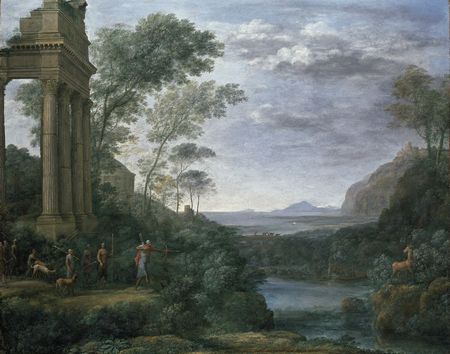
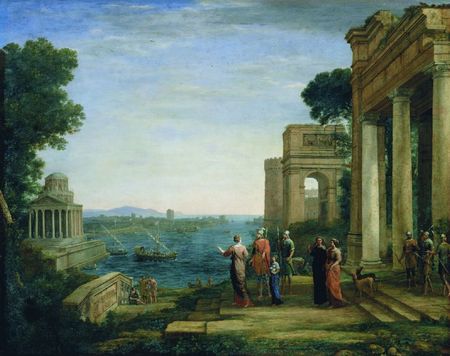
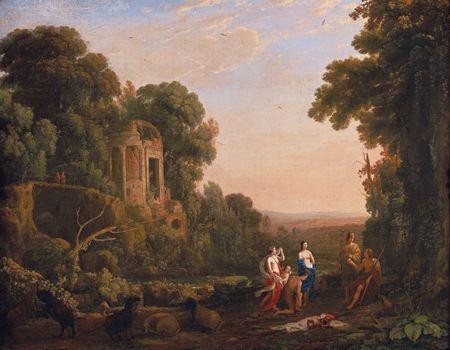
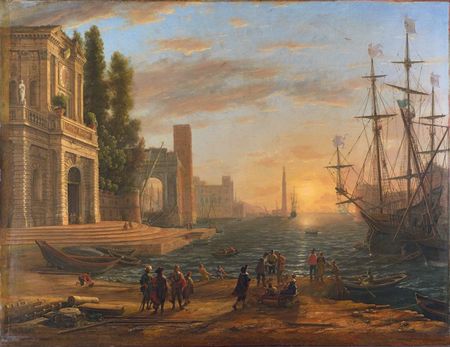

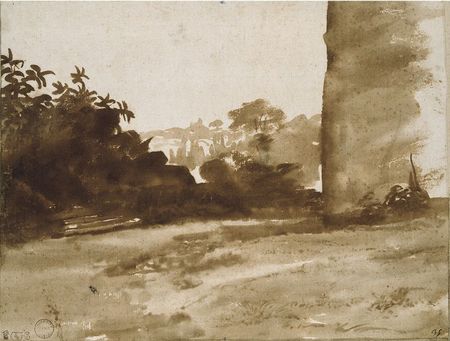
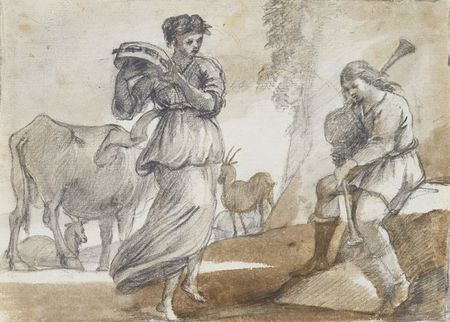
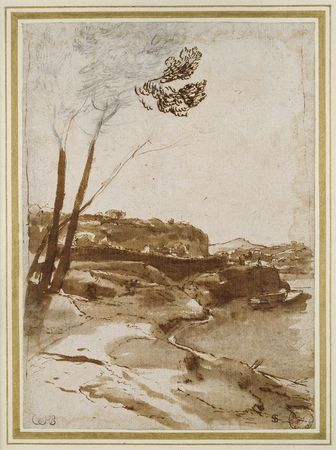

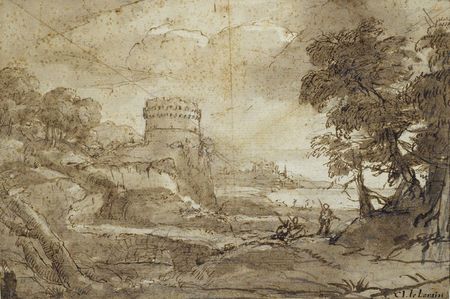
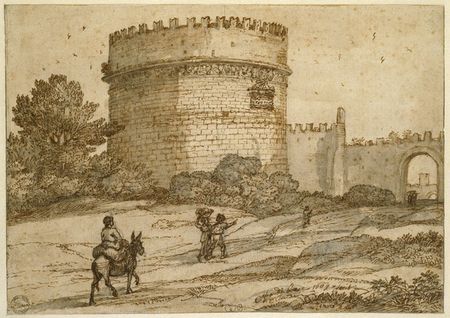

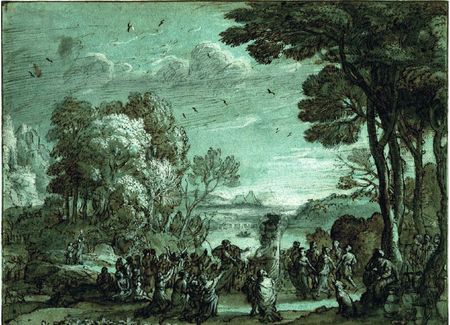
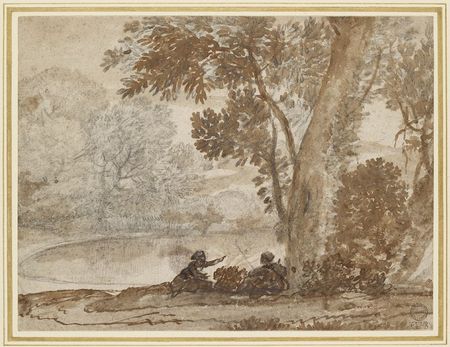
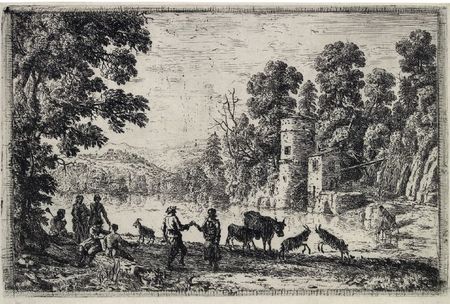

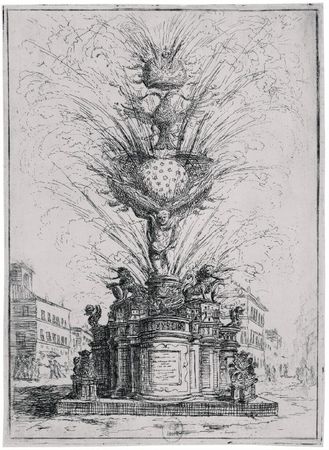

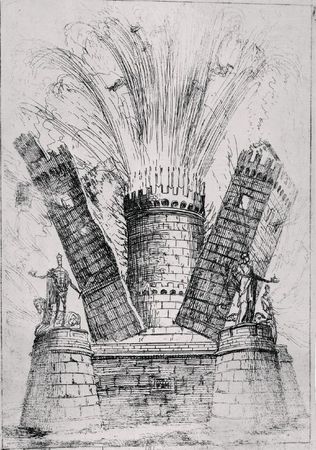


/http%3A%2F%2Fstorage.canalblog.com%2F19%2F23%2F119589%2F128179837_o.jpg)
/http%3A%2F%2Fstorage.canalblog.com%2F92%2F57%2F119589%2F127733091_o.jpg)
/http%3A%2F%2Fstorage.canalblog.com%2F69%2F00%2F119589%2F125984989_o.jpg)
/http%3A%2F%2Fstorage.canalblog.com%2F07%2F41%2F119589%2F112792921_o.jpg)